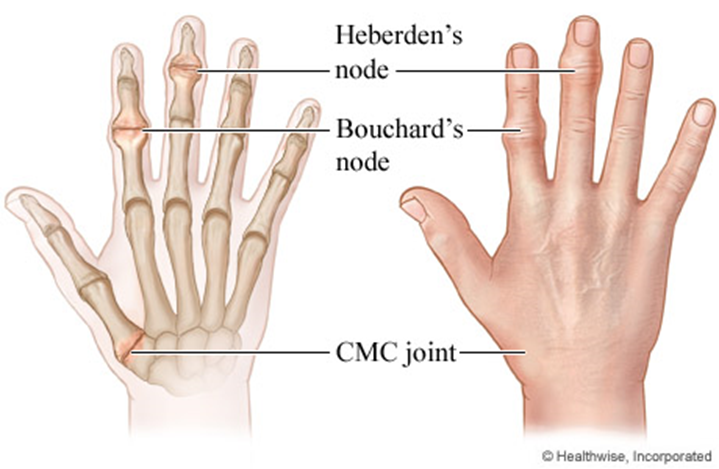A client with lung cancer who wears a subcutaneous morphine sulfate patch for pain is short of breath and is difficult to arouse. When performing a head to toe assessment, the nurse discovers four analgesic patches on the client's body. Which intervention should the nurse implement first?
Measure the client's blood pressure.
Remove all of the morphine patches.
Apply oxygen per face mask.
Administer a narcotic antagonist.
The Correct Answer is D
A. Measure the client's blood pressure:
While monitoring blood pressure is an important aspect of assessing a client's overall condition, it is not the immediate priority in a suspected opioid overdose. Respiratory depression and difficulty in arousing are more critical concerns that warrant prompt intervention with naloxone.
B. Remove all of the morphine patches:
While eventually, the nurse will need to address the presence of multiple morphine patches, removing them is not the first action. Administering naloxone to reverse the opioid effects takes precedence over patch removal.
C. Apply oxygen per face mask:
While providing oxygen may be necessary to support respiratory function, it doesn't address the underlying cause of the respiratory distress, which is likely opioid toxicity. Administering naloxone is the more direct and immediate intervention to counteract the effects of the opioids.
D. Administer a narcotic antagonist:
This is the correct and immediate priority. If the client is difficult to arouse and has multiple morphine patches, it raises concerns about opioid toxicity. Naloxone is a narcotic antagonist that can reverse the effects of opioid overdose, particularly respiratory depression, and is crucial in this scenario to restore normal respiratory function.
Nursing Test Bank
Naxlex Comprehensive Predictor Exams
Related Questions
Correct Answer is A
Explanation
A. Discuss approaches to chronic pain control with the client:
This is the correct answer. Heberden's nodes are bony enlargements that can occur in osteoarthritis, particularly in the joints of the fingers. These nodes can be associated with pain. Discussing approaches to chronic pain control with the client is an appropriate nursing intervention to address the client's pain and improve quality of life.
B. Review the client's dietary intake of high-protein foods:
Dietary intake of high-protein foods is not directly related to the management of Heberden's nodes in degenerative joint disease. Pain control and joint protection measures are more relevant.
C. Notify the healthcare provider of the finding immediately:
While it's important to communicate significant findings to the healthcare provider, the presence of Heberden's nodes in degenerative joint disease may not require immediate notification unless there are other concerning symptoms or complications.
D. Assess the client's radial pulses and capillary refill time:
Assessing radial pulses and capillary refill time is not directly related to managing Heberden's nodes in degenerative joint disease. These nodes are primarily a result of joint changes in osteoarthritis.

Correct Answer is ["B","C","D"]
Explanation
A. Skin elasticity:
Assessing skin elasticity is a measure of hydration status. Improved skin turgor may suggest that the client is responding positively to diuretic therapy by eliminating excess fluid. However, this may not be as immediate or specific as other indicators of response.
B. Urinary output:
Monitoring urinary output is crucial when administering diuretics like furosemide. Increased urine output indicates that the diuretic is promoting the elimination of excess fluid from the body, which is a desired effect in managing heart failure and fluid overload.
C. Oxygen saturation:
Assessing oxygen saturation is important in monitoring respiratory status. Improvement in oxygen saturation levels indicates that the client is responding to interventions aimed at relieving respiratory distress, such as the administration of furosemide.
D. Lung sounds:
Monitoring lung sounds is a key aspect of assessing respiratory function. Reduction in wheezes and crackles suggests that the diuretic is helping to alleviate pulmonary congestion and fluid accumulation in the lungs, contributing to improved respiratory function.
E. Pain scale:
Assessing pain is relevant if the client has reported chest pain or discomfort associated with heart failure. Reduction in pain may indicate improved cardiac function and response to treatment. However, it's important to note that pain assessment may not be as specific to the effects of furosemide as other respiratory and fluid status indicators.
Whether you are a student looking to ace your exams or a practicing nurse seeking to enhance your expertise , our nursing education contents will empower you with the confidence and competence to make a difference in the lives of patients and become a respected leader in the healthcare field.
Visit Naxlex, invest in your future and unlock endless possibilities with our unparalleled nursing education contents today
Report Wrong Answer on the Current Question
Do you disagree with the answer? If yes, what is your expected answer? Explain.
Kindly be descriptive with the issue you are facing.
